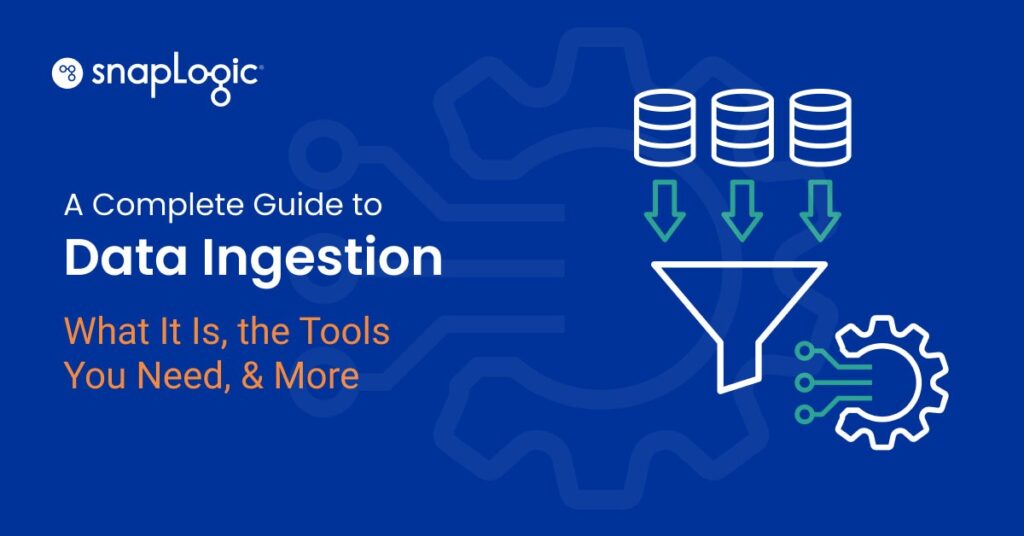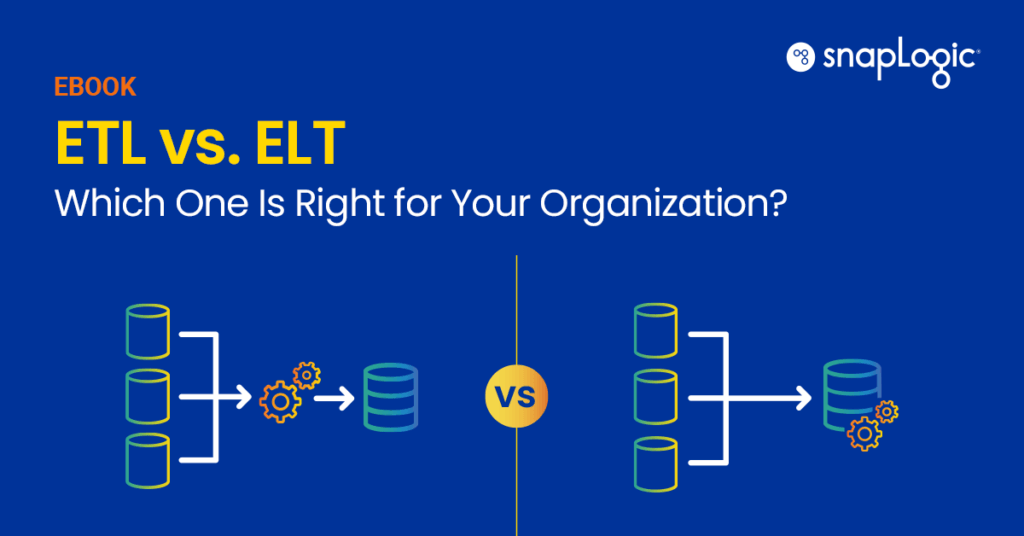What is an ETL process?
ETL process is a foundational element in the realm of data management, particularly in data warehousing. It serves as the backbone for data migration from operational databases to a centralized data warehouse. This entry aims to provide a comprehensive understanding of the ETL process, its components, and its significance in modern data management.
What does ETL stand for?
ETL stands for Extract, Transform, Load, each representing a phase in the data migration process:
- Extract: This phase involves pulling data from various source systems.
- Transform: During this phase, the extracted data is converted into a format that can be analyzed or reported.
- Load: Finally, the transformed data is loaded into a data warehouse for analysis and business intelligence.
Why is the ETL process important?
The ETL process is crucial for several reasons:
- Data Consolidation: It allows businesses to consolidate data from multiple sources into a single, coherent data warehouse.
- Data Quality: Ensures that the data is cleaned and transformed, making it reliable for analytics.
- Business Intelligence: Facilitates better decision-making through comprehensive data analysis.
ETL and big data integration tools
The ETL process is often used in conjunction with big data integration tools to handle large volumes of data effectively. Learn more about big data integration tools.





